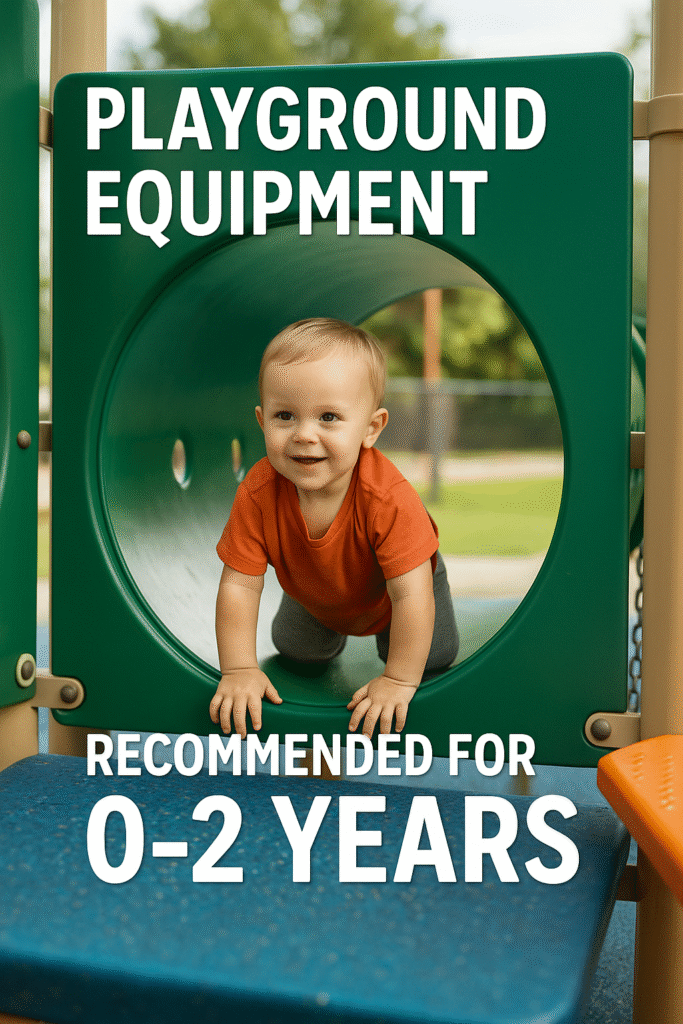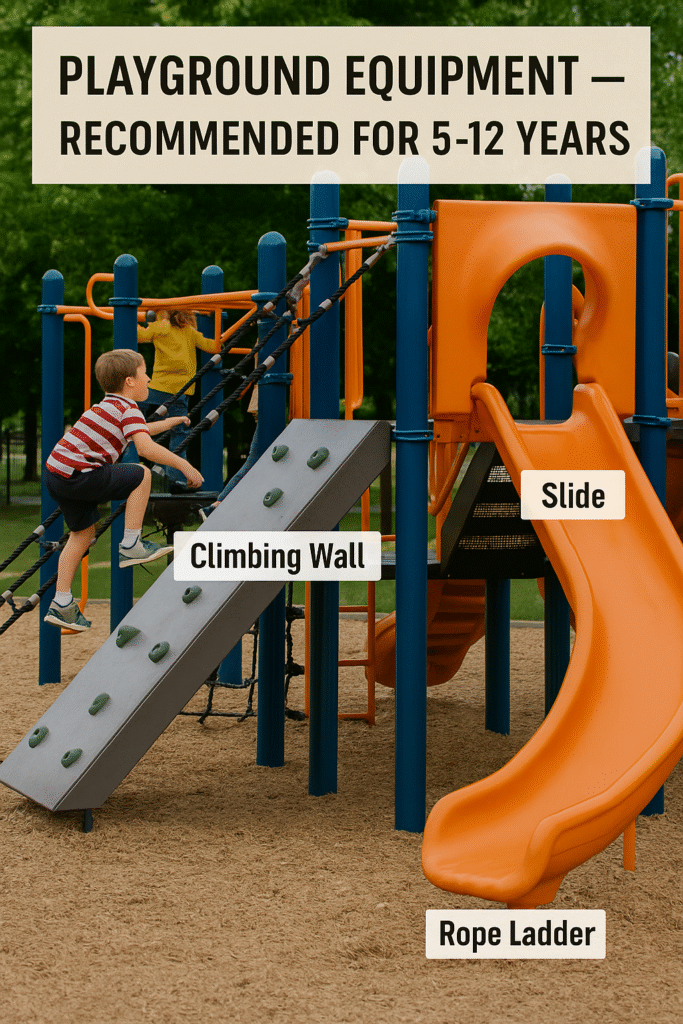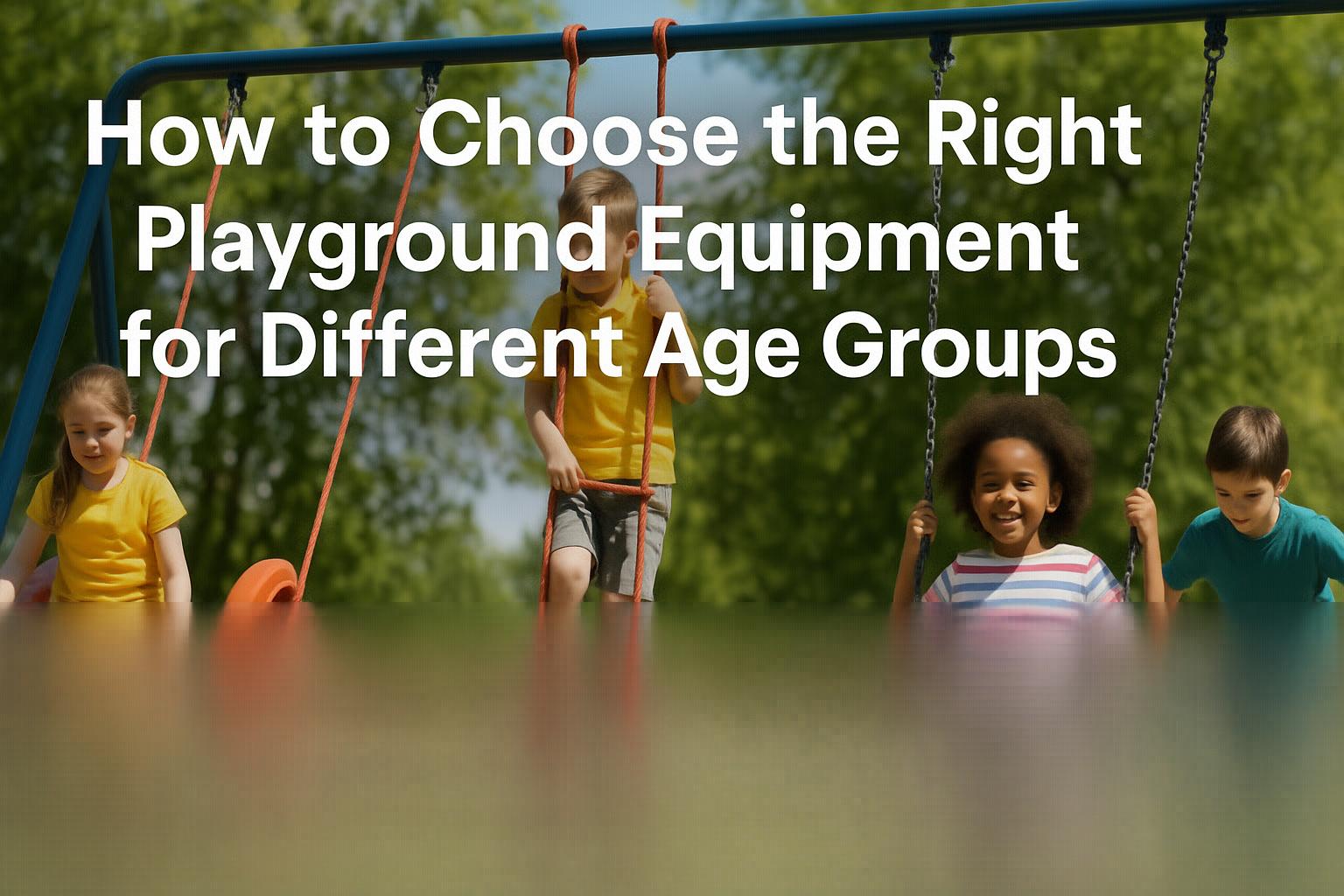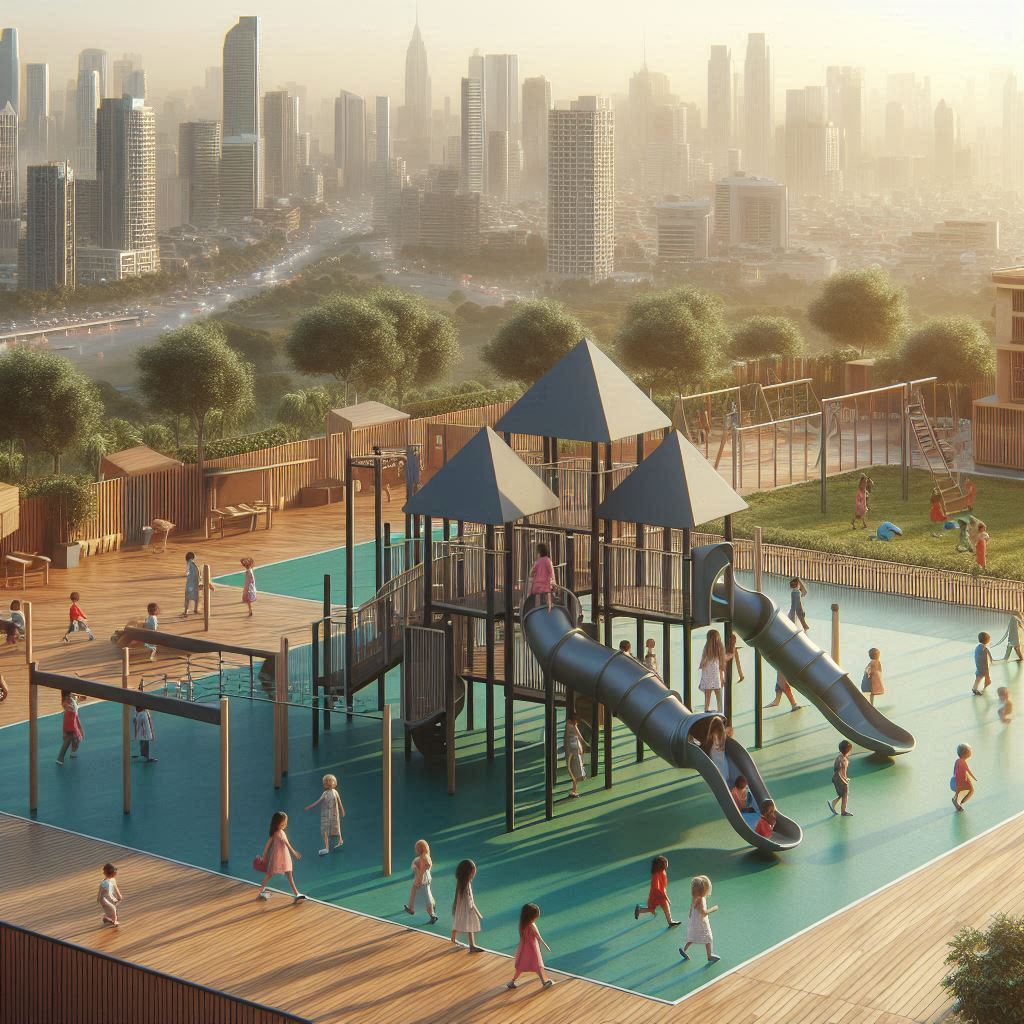Designing a playground that serves children of all ages isn’t as simple as adding a slide and swing set. Children’s developmental needs vary drastically across age groups, and choosing the right equipment is essential not only for safety but also for meaningful play that fosters physical, cognitive, and social development. This guide explores how to select appropriate playground structures for toddlers, preschoolers, primary-aged children, and older kids—ensuring your outdoor play space is age-appropriate, inclusive, and engaging.
Why Age Matters in Playground Design
Different age groups engage with their environment in distinct ways:
- Infants and toddlers (0–2 years) are exploring sensory experiences and learning basic motor skills.
- Preschoolers (2–5 years) are developing balance, coordination, and imaginative play.
- Primary school children (5–12 years) need physically challenging structures that promote strength and social collaboration.
- Teens (12+ years) benefit from adventure-based, fitness-oriented, or communal social spaces.
Choosing equipment tailored to these stages supports children’s growth and keeps them safe. More importantly, a well-zoned playground reduces injury risk, encourages longer engagement, and promotes equitable access for families and schools.
Best Playground Equipment for Toddlers (0–2 Years)

Key Developmental Needs:
- Gross and fine motor skills
- Sensory exploration
- Safe, secure surroundings
Recommended Features:
- Soft surfaces and padded play zones to prevent injury.
- Low platforms and ramps for crawling and first steps.
- Interactive sensory panels, such as mirrors, textures, and sound-makers.
- Bucket-seat swings with secure harnesses.
Real-World Use Case:
At a childcare centre in Melbourne, installing a low wooden ramp and a series of musical sensory panels resulted in toddlers spending 40% more time in the outdoor area compared to the previous flat zone.
Age-Appropriate Equipment Checklist:
- Crawl tunnels
- Mini climbers under 0.6m
- Musical walls
- Bubble windows and colour panels
Tip for centres: Position toddler areas away from high-traffic older child zones for safety.
Internal Link Suggestion: Link to Backyard Play and Cubby House products.
Ideal Equipment for Preschoolers (2–5 Years)
Key Developmental Needs:
- Coordination and balance
- Imaginative play
- Language and social interaction
Recommended Features:
- Low climbing nets or stairs with handrails
- Short slides with gentle inclines
- Pretend play stations (e.g., shopfronts, kitchens, transport-themed panels)
- Inclusive play features, like small group tables or playhouses
Common Pitfall:
Many preschools buy metal frame structures meant for older children, which can intimidate 2–3-year-olds. Stick to low-height, colourful, theme-based play units to foster confidence.
Equipment Checklist for Ages 2–5:
- Platform towers under 1.2m
- Steering wheels and themed panels
- Low rope bridges
- Sand and water tables
Design insight: Keep the fall height under 1.5m and use impact-absorbing surfacing.
Internal Link Suggestion: Highlight Swing and Slide and [Educational Panels].
Recommended Equipment for Primary School Children (5–12 Years)

Key Developmental Needs:
- Muscle development and coordination
- Problem-solving and risk-taking
- Group play and peer bonding
Recommended Features:
- Climbing structures, like spider web nets and balance bridges
- Slides of varying heights and curves
- Overhead equipment, such as monkey bars and ladders
- Team activities, like obstacle races and multi-user seesaws
Expert Tip:
Use “adventure circuits” that combine multiple movement types—sliding, climbing, swinging—within one flow to avoid congestion and maximise challenge.
Equipment Checklist for Ages 5–12:
- Freestanding monkey bars
- Modular obstacle courses
- Multi-deck play towers
- Rope climbing frames
Internal Link Suggestion: Showcase Commercial Playground, Climbing Nets, and Spring Riders.
What About Teenagers? (12+ Years)
Though not always a primary focus, teenagers also benefit from structured outdoor play. Designated areas promote safe social interaction and physical activity.
Key Suggestions:
- Outdoor fitness stations with pull-up bars, steps, and sit-up benches
- Parkour elements and low climbing walls
- Chill-out zones with shelter and seating
- Basketball hoops or multi-use courts
Emerging Trend:
Schools in New South Wales are increasingly incorporating calisthenics stations into playground masterplans. These setups help teenagers stay active and mentally refreshed during school breaks.
Internal Link Suggestion: Highlight Outdoor Fitness.
Common Mistakes When Choosing Playground Equipment by Age
- Mixing Age Groups Without Barriers – Leads to injuries and frustration. Always zone areas clearly.
- Overlooking Maintenance Requirements – Some equipment is safe at first, but high-use areas require monthly inspections.
- Buying “Grow Into It” Equipment for Toddlers – Equipment that is too advanced discourages use and increases risk.
- Assuming One Design Fits All – Commercial and residential playgrounds have different traffic and durability needs.
Avoid these pitfalls by conducting regular site assessments with a playground consultant.
Age-Based Layout Planning: How to Divide a Playground
For combined-age facilities (e.g., public parks or large schools), use the following layout strategies:
- Zone by Age: Create dedicated areas marked with signage and coloured surfacing.
- Progressive Challenge Paths: Allow children to transition from beginner to advanced obstacles as they grow.
- Buffer Zones: Place seating, gardens, or quiet activities between toddler and senior play areas to reduce collisions.
Pro tip: Avoid placing high-speed elements like zip lines near toddler paths.
Safety and Supervision Across All Ages
No matter the equipment type, safety is non-negotiable. Consider the following standards:
- Compliant surfacing: Use soft-fall rubber, mulch, or artificial turf to absorb impact.
- Clear sightlines: Avoid blind corners; use open designs for visibility.
- Signage: Label structures by age range and usage guidelines.
- Shade and hydration: Install sun sails and drinking fountains in high-use areas.
- Maintenance schedule: Create a monthly checklist to inspect bolts, ropes, and surfacing.
FAQs
Q: Can one playground really serve all ages effectively?
A: Yes, through clear zoning, varied difficulty levels, and use of sensory vs. physical features.
Q: What surfacing is best for toddlers?
A: Rubber soft-fall or synthetic turf. Avoid gravel or bark for under-5s due to choking risk.
Q: How often should equipment be inspected?
A: Monthly visual inspections; full structural assessments every 6 months.
Your Next Move:One Playground, Many Needs
Creating an inclusive, age-appropriate playground isn’t about choosing the fanciest equipment—it’s about understanding how children grow and what challenges inspire them. By planning spaces for different stages, you not only boost safety and satisfaction but also turn your playground into a trusted community hub.
As a provider of commercial and residential playground solutions, we understand that selecting the right equipment can feel overwhelming. That’s why we offer personalised guidance for schools, councils, and families.
Want tailored advice for your site? Explore our full Playground Collections or contact us for a free consultation.


